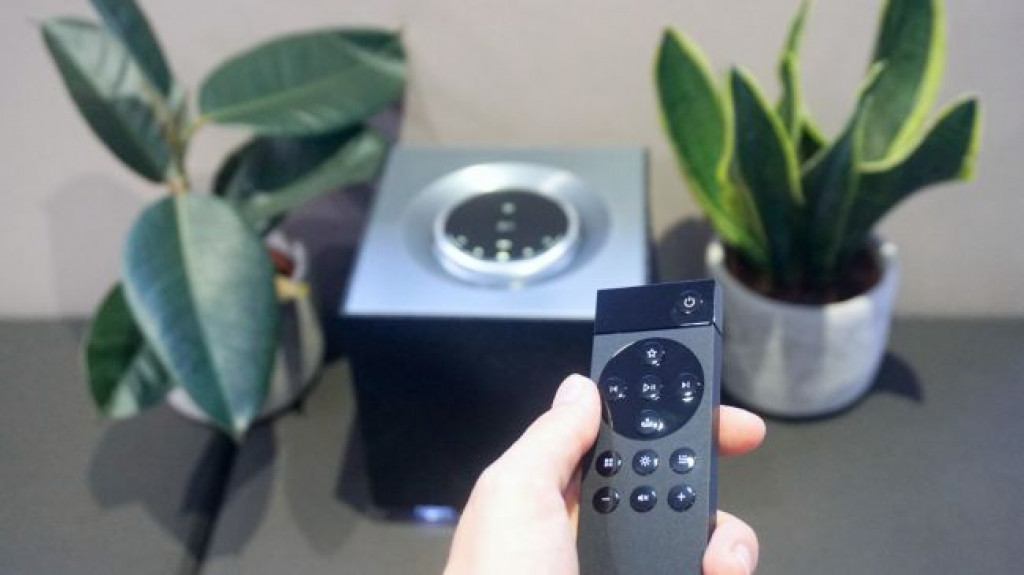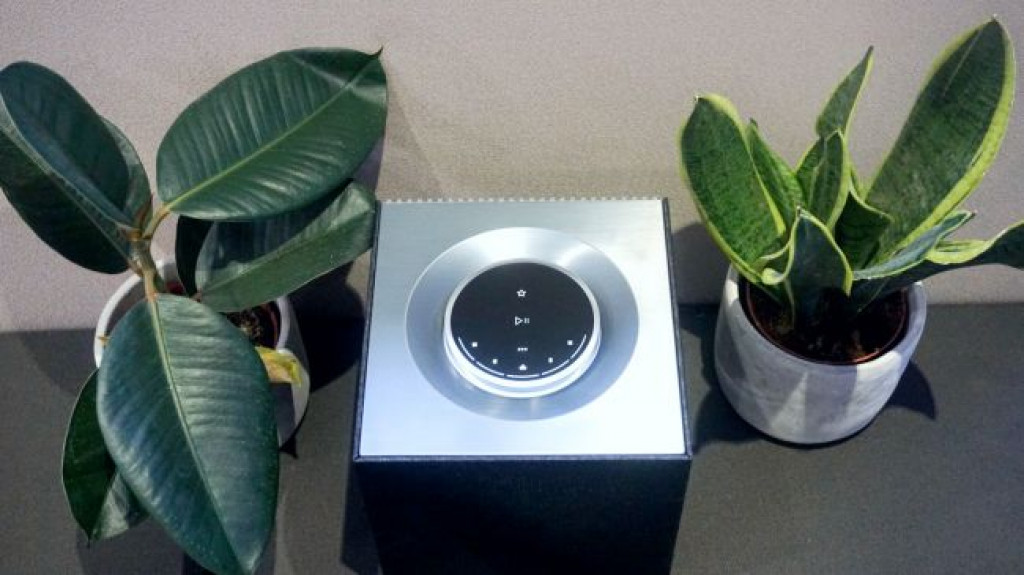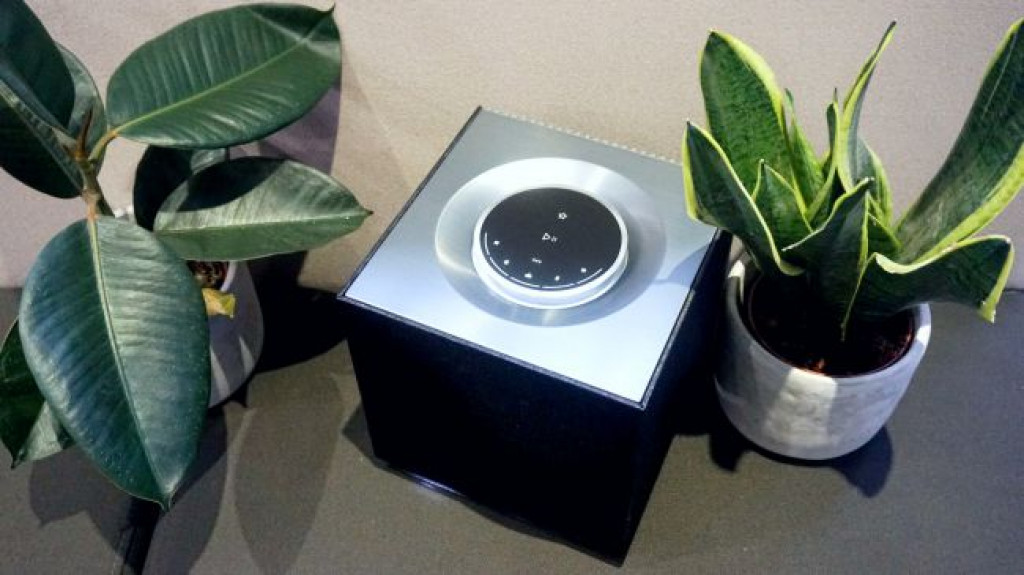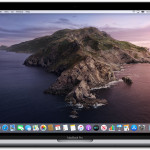
OUR VERDICT
Bigger price, more power – but the same desirable item as always. The Mu-so Qb (2019) has substance, solidity and variation in terms of audio quality, a great design, and lovely physical interface. Still, it’s extremely pricey, and that might put off all but the most dedicated audiophiles.
FOR
- Lovely physical interface
- Robust, balanced and informative sound
- Capable of startling volume
AGAINST
- Frustrating control app
- Not the biggest audio presentation around
When Naim launched its original Mu-so wireless speaker (over five years ago now), it set new standards of performance, finish and – let’s not pretend otherwise – price in what had been a generally pretty cheap ’n’ cheerful part of the market until then.
Then in January 2016, Naim whipped the covers off Mu-so Qb. It took much of what everyone loved about Mu-so and stuck it in a more affordable, smaller and more… cube-like package. It wasn’t the ground-breaker the Mu-so was, but it was a covetable and high-performance wireless speaker – which is the bulk of what’s important.
Towards the end of last year, Naim turned Mu-so into the (rather self-importantly named) Mu-so (2019). Everyone loved its ergonomic improvements and the extraordinary potency of its sound. No one was transported by the price-hike or the same-again, if-it-ain’t-broke-don’t-fix-it styling.
And now, in a move that will surprise precisely no one, Naim has given Mu-so Qb the ‘2nd Generation’ treatment. But is Mu-so Qb 2, like the Mu-so (2019), a case of ‘the same, but more so’?
Price and availability
Costing $899 / £749 (around AU£1300), the increase in price over the original – a touch over 15 percent – is easier to stomach than Mu-so 2’s dead-eyed 30 percent hike over the first Mu-so, certainly.
It’s still a very pricey wireless speaker, though – for comparison, our current favorite model, the Sonos One, cost $199 / £199 / AU$299 at launch.

Design
Did you like the look of the original Mu-so Qb? Yes? Well then, you’re going to love the appearance of Qb 2 – because unless you put them side-by-side under a microscope, it is difficult-going-on-impossible to tell the difference.
Either Naim is unshakably confident in the perfection of its four-year-old industrial design vocabulary, or its styling team has quite badly run out of steam.
That’s not to say there isn’t plenty to like about the way the Mu-so Qb 2 looks – it’s just that we’ve seen it all before. It’s a crisp-edged cube (well, 210 x 218 x 212mm, which is close enough) with some gently tumorous bulges in its three-sided grille, standing on a flawless chunk of Perspex. This clear plinth has a nicely understated ‘Naim’ logo off to the side, which can be illuminated using the control app.
The rear panel is occupied by heatsinks and a few physical connections. These run to mains power, Ethernet, digital optical and 3.5mm analogue audio. There’s also a tiny reset button here – you’ll perform your initial set-up using this.
The Qb’s big design feature, though, remains the oversized control dial occupying the bulk of the burnished aluminum top panel. As with Mu-so 2, it’s been reengineered – a proximity sensor wakes it as you approach, it’s illuminated around the edge, and there are no fewer than 15 touch-controls on the top. As with Mu-so 2, it remains a tactile, smooth-scrolling delight to use – no rival wireless speaker has anything approaching as pleasant an interface.

Features
While Qb 2 has a smattering of physical inputs, the point of a wireless speaker is to keep the wire count down to a minimum.
Consequently there are numerous ways of getting music into, and sound out of, the Mu-so Qb 2 without the inconvenience of wires. The obvious highlights are Spotify Connect, Apple AirPlay 2, Chromecast built-in, Tidal, Bluetooth 4.2 (the first of a couple of ho-hum numbers in Qb 2’s specification) and UPnP. The Naim is Roon-ready too, and there’s access to internet radio via vTuner.
All of the most popular digital audio formats are supported, including WAV, FLAC, AIFF and ALAC (up to 24bit/384kHz file size), MP3, OGG, AAC and WMA (up to 16bit/48kHz) and DSD (64 and 128).
It’s worth noting, though, that the Naim’s digital-to-analogue conversion (which is embedded into the 300 watts-worth of Class D amplification in a direct digital amplification arrangement) processes at 24bit/88.2kHz – which is the second and final ho-hum number. Any hi-res audio files worthy of the description will be downscaled – which looks a bit retrograde compared to quite a few comparably priced rivals.
The speaker array has been redesigned in conjunction with Naim’s sister company Focal. So at each side there’s a passive radiator, while up front is a five-driver array, comprising two angled tweeters, a pair of similarly angled midrange drivers and a forward-facing ‘racetrack’ bass driver. The first four drivers each get a 50-watt share of the total amplification, while the remaining 100 watts powers the bass driver.
Running the whole show is a digital signal processor that’s been upgraded mightily over the original Qb. This new unit is capable of processing up to 2000m instructions per second, which makes the previous processor’s best of 150m instructions p/s look pedestrian in the extreme.

Integrating the Mu-so Qb 2 into a multi-room set-up is simplicity itself. The updated Naim control app (which is better than it used to be, though that’s not the same as being authentically good) allows you to organize any Naim products into a multi-room system.
There’s Google Home compatibility, so it can join in with Chromecast products; there’s Apple Home compatibility, so it can join in with AirPlay 2 products. If you want to involve Qb 2 in a multi-room arrangement, go right ahead.
The control app is logical enough, and stable for most of the time – which is another way of saying the user is, subconsciously, constantly waiting for it to crash. It’s particularly flakey where Tidal is concerned, sometimes even attempting to search for one song while listening to another is enough to give it the vapors. This isn’t a routine occurrence, to be sure, but once it’s happened a couple of times, you’re always primed for it to happen again – and good luck trying to get Tidal to shut up should you attempt to switch inputs to, say, Spotify.
The remote control handset, on the other hand, works flawlessly and has all the controls you need for straightforward operation. It feels a little ordinary when compared to the opulence of the Qb 2’s other physical control, though.
Like Mu-so 2, Qb 2 has a few nice colorful grille options should the black/grey standard option not match your decor – you’ll need to pay extra for a ‘terracotta’, ‘peacock’ or ‘olive’ grille, which could be annoying when you consider the size of your initial outlay.

Performance
Setting up Qb 2 is the work of a moment – use the app to confirm its position (near a rear wall, in a corner or out in some free space), dial in the amount of illumination you’d like for the logo and rotary control, and you’re good to go.
And it’s obvious from the off that Qb 2 has plenty going for it. With Kanye West’s 808s & Heartbreak playing via Tidal, the Naim controls the strangely chilly low frequencies well; there’s substance, solidity and variation to bass sounds, if not the sort of implacable punch its Mu-so 2 big brother is capable of.
This album has plenty to answer for where auto-tune is concerned, but the Qb is detailed and insightful enough to make the midrange (where Kanye’s treated vocals sit) communicative and explicit. At the top end there’s sufficient bite and shine, but none of the coarseness lesser speakers can introduce when volume levels become significant.
The frequency range is nicely balanced, with no area given undue prominence nor too little power. The Naim is equally accomplished where tonality is concerned, too – there’s an agreeably neutral attitude to the way the Qb 2 describes the texture and tonality of voices and instruments. In these respects it’s a very convincing listen – Beck’s reverential version of Daniel Johnston’s True Love Will Find You In The End makes the Naim’s talents plain in this respect.

Switching to something just a little less self-regarding (Mogwai’s Come On Die Young) allows the Qb 2 to demonstrate its facility with dynamics, both great and small. Year 2000 Non-Compliant Cardia is nothing but an exercise in low-level dynamics, and the Naim describes the nuanced variations in the textural elements of the electronics, and percussive and stringed instruments, obvious without drawing undue attention. It’s an accomplished listen, the Qb 2, but it’s less of a show-off than perhaps it looks.
Timing is good, too: there’s a sense of unity and interaction in Dexy’s She Got a Wiggle that’s by no means a given when multiple drivers are crammed into a reasonably compact enclosure like this. The loping tempo and rhythm is handled confidently, and the Naim rolls along very naturally where lesser designs can sound relatively club-footed.
Like its recently reimagined big brother, Qb 2 is capable is genuinely oppressive volume without getting in any way shouty or confused. Everything remains composed, everything remains balanced – it simply gets louder. It’s a valuable trait and not to be sniffed at.
What the Qb 2 can’t do, when compared to both its big brother and some other rivals, is escape the confines of its cabinet all that convincingly. The sound it generates is substantial and reasonably expansive – but there’s an absolute point-source. You’re never under any illusion as to where the music is coming from, and the Naim’s soundstage isn’t all that much wider than Qb 2 itself.
Final verdict
The Mu-so Qb 2nd Generation isn’t quite the no-brainer its predecessor was, in large part because of the other brands it inspired to turn out optimistically priced wireless speakers of their own – B&W, to name but one.
It looks great and sounds mind-blowingly good, all while being easy to set up and control.
It’s nevertheless an impressive performer and a covetable item, though, even if its new price point makes it even more ‘aspirational’ than before.
Source: techradar.com









































